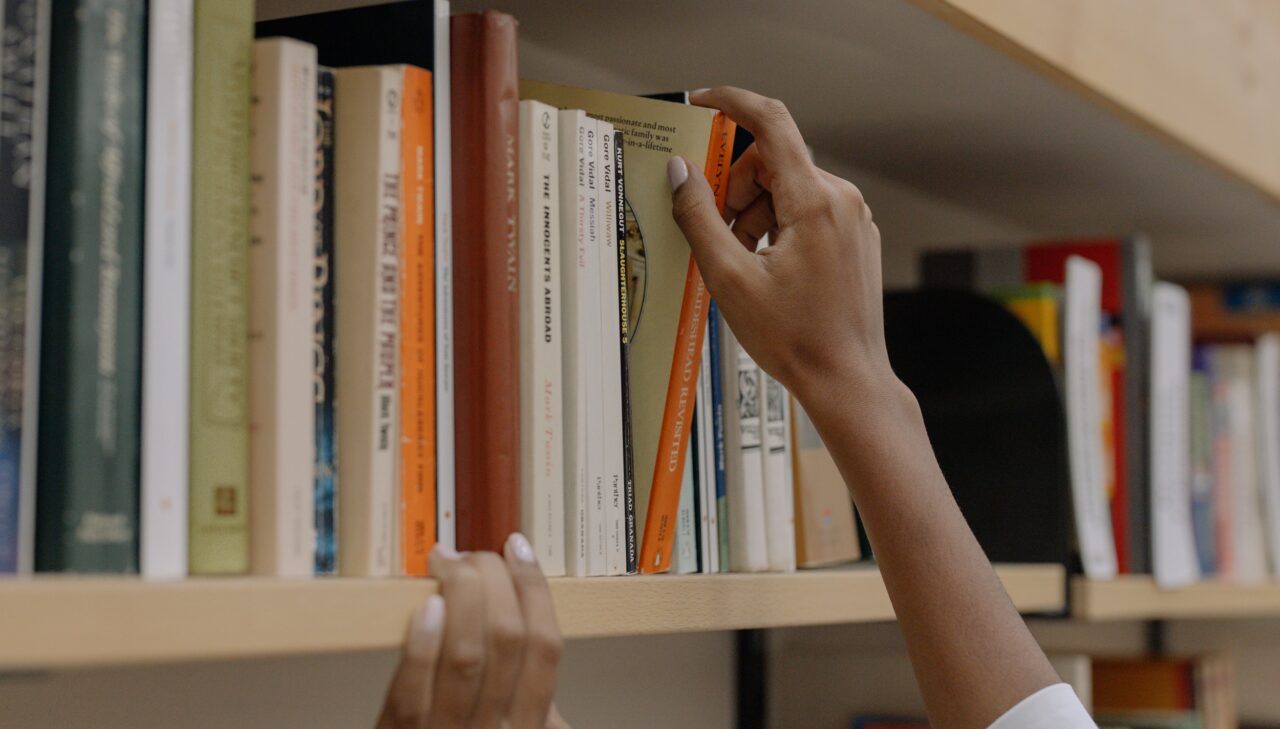When students analyze their sources, they build critical thinking skills and produce stronger projects. Encourage students to use primary sources as evidence—not illustration. Use the models below, or your favorite analysis worksheet, or the worksheets offered by the National Archives or Library of Congress.
After collecting and analyzing their sources, students will connect them to form claims for their argument.
The Connect-It graphic organizer encourages students to make connections among the sources for each segment of their project.
An additional way to prompt students to synthesize their research is to have them do a “free-write” about everything they have found out. A Free-write can then lead to more organized ways of developing an argument and is an effective formative assessment too.
The “DocsTeach” website by the National Archives also has great interactive tools to help students process and weigh evidence.
